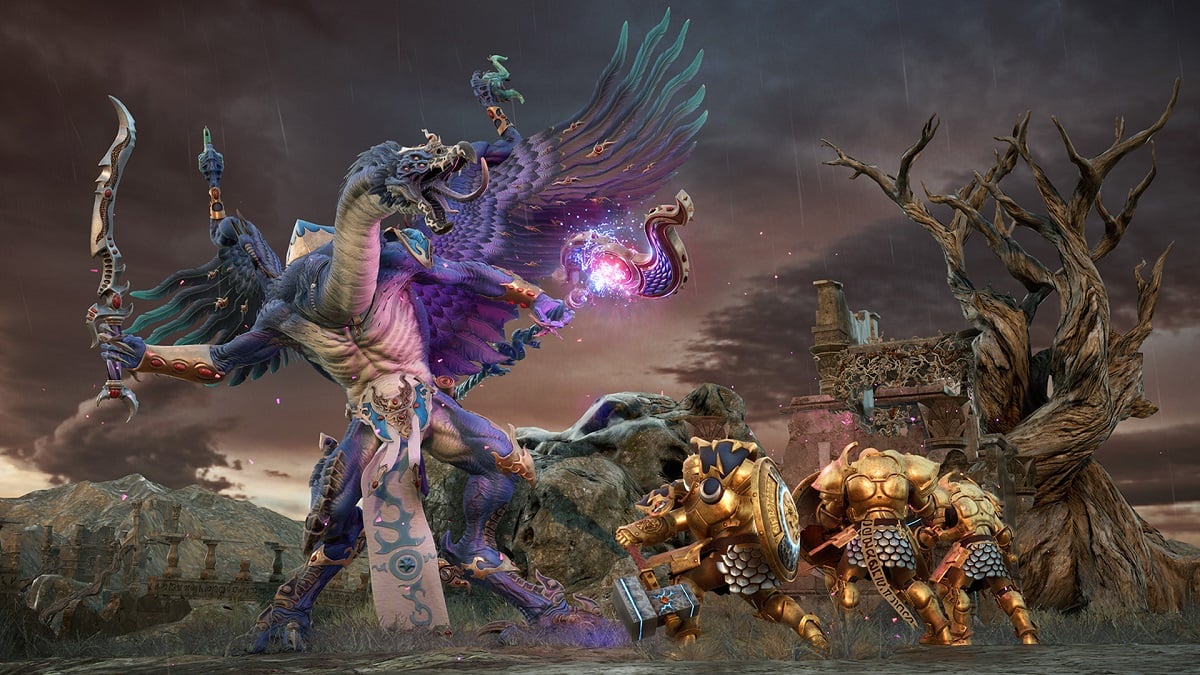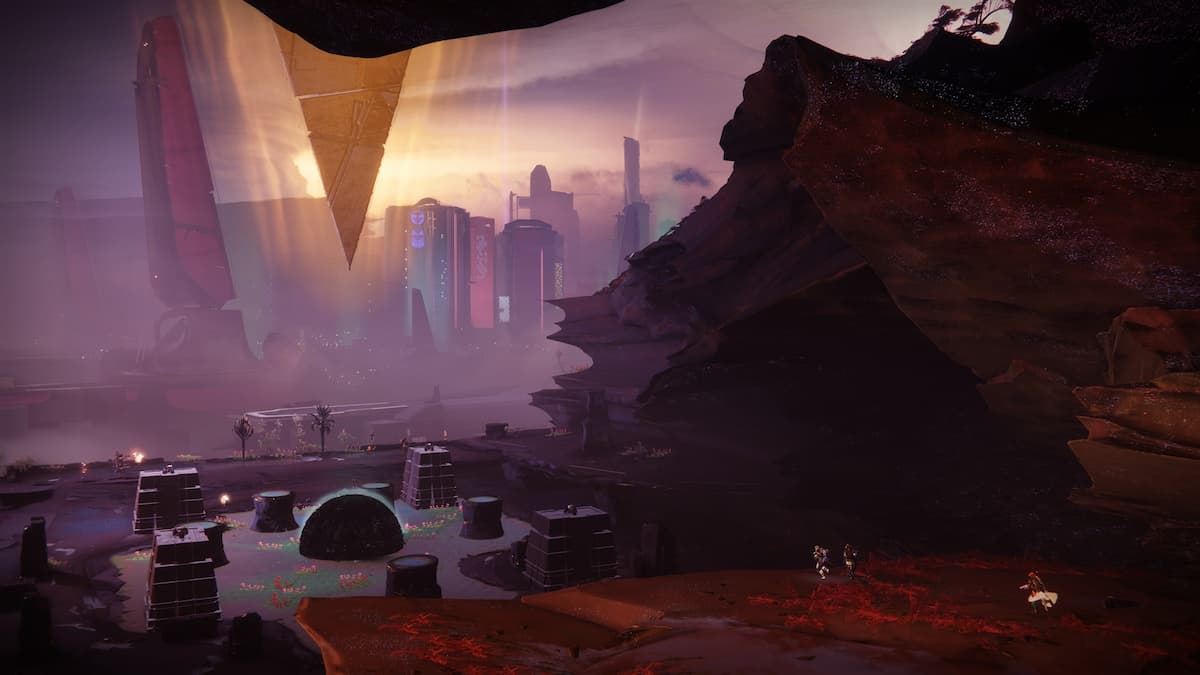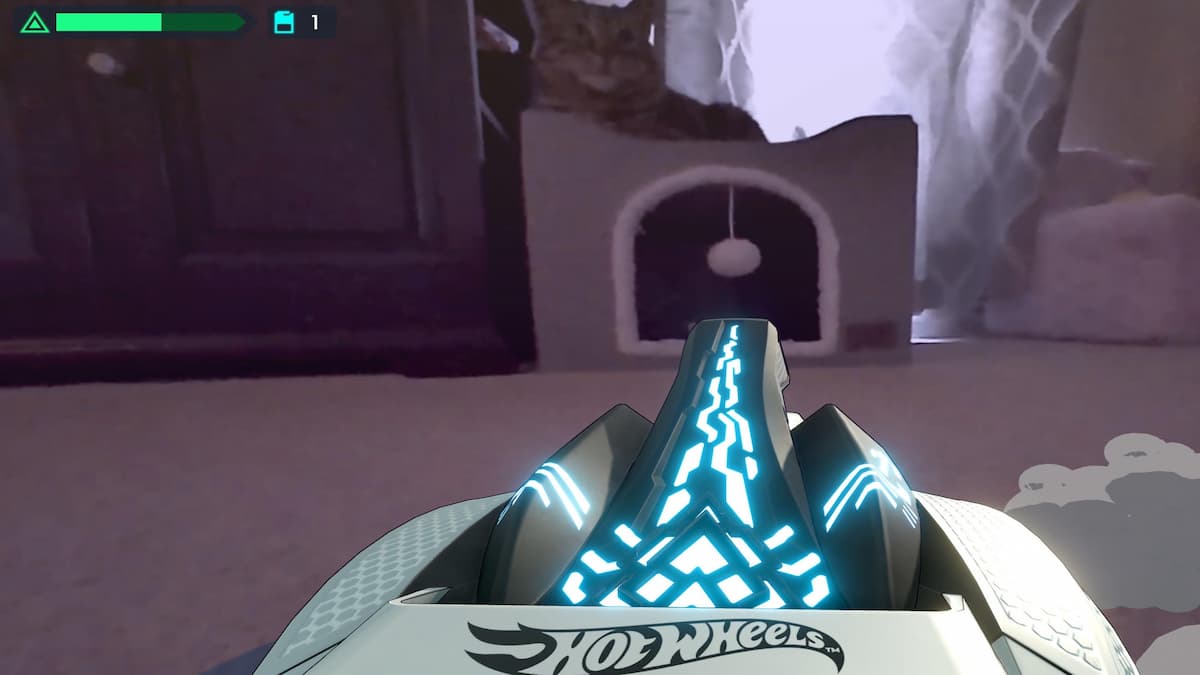#Zau is a robust, emotionally-charged Metroidvania
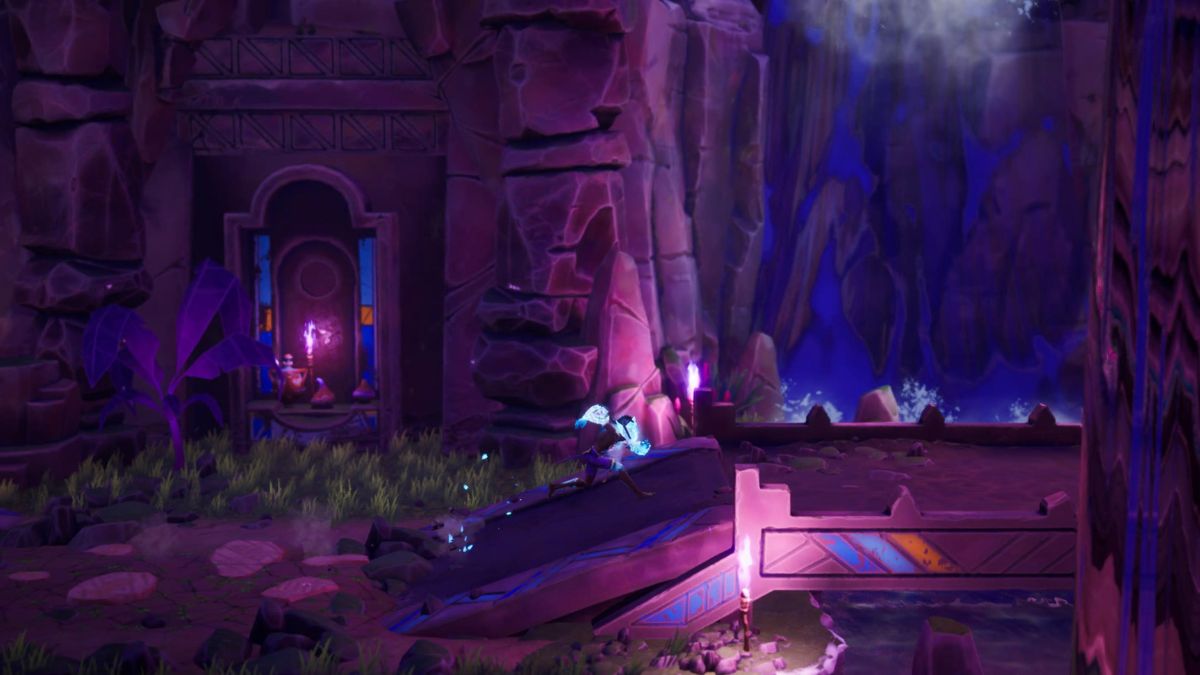
Table of Contents
Zau is a robust, emotionally-charged Metroidvania
Regardless of having solely spent a number of hours with Tales of Kenzera: Zau, it’s already obtained its hooks in me. Developer Surgent Studios’ debut sport makes use of the Metroidvania style as an engine, establishing its distinctive imaginative and prescient for these typical staples thoughtfully applied and iterated on by way of its compassion for the world of Kenzera.
The opening of Tales of Kenzera: Zau establishes its driving narrative themes and tone from the phrase go. You’ll start with a younger boy, Zuberi, who has simply misplaced his father, left navigating the myriad of feelings that include that, however he finds a method to discover his grief by way of the phrases his father left him in a e book. That e book tells the story of Zau, a younger shaman who makes a cope with the god of demise to deliver his father again, however for a value.
A fiercely satisfying and comforting story of affection
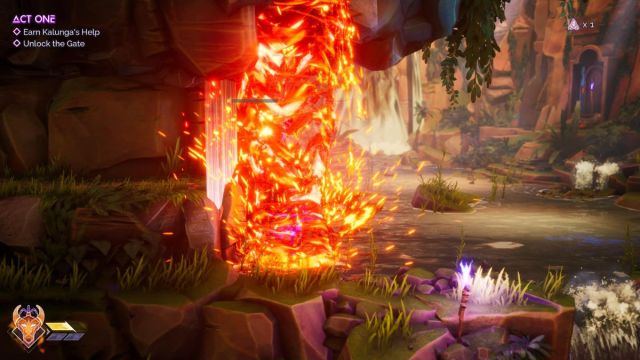
The meat of Tales of Kenzera: Zau is exploration and fight. There’s a large world to discover and dozens of enemies to struggle, however you’ve obtained to mix motion and firepower to grasp each foe you’ll encounter. Fortunately, Zau has a few tips up his sleeve.
In battle, you’ll change between two masks: The Masks of the Moon and the Masks of the Solar. Utilizing the Masks of the Moon, you’ll be able to blast enemies with ranged assaults and transfer a lot sooner between shut encounter hits. The Masks of the Solar presents stronger assaults and a shorter combo, however you’ll be able to juggle enemies throughout rooms by timing assaults effectively.
Spirit Assaults add extra substance to fights, seeing you blast enemies with a moonbeam or create a fiery solar twister to burn them away. There’s sufficient right here to not really feel overwhelming, however early on, it may provide the sense that fight doesn’t have a lot depth to it. That depth comes later when enemies current new mechanics, reminiscent of shields with a number of well being bars.
At its coronary heart, although, it is a Metroidvania in each sense of the phrase. You should discover the map and construct up a reminiscence of the place each unsolved puzzle, locked path, and door requiring a secret is situated. Then, whenever you discover the options or a capability that means that you can progress later, you’ll be able to head again and proceed exploring the place you recognize you have been stopped.
On this manner, Tales of Kenzera: Zau is extremely acquainted, however the world and narrative woven all through give it a vibrancy and life that I haven’t felt for the style in a very long time. There’s a care to steadiness right here. There aren’t any ranges upon ranges of overcomplicated programs in Kenzera that develop convoluted by way of overprioritizing the problem. As a substitute, it’s a steadiness — consideration to function and motivation in an surroundings that’s too enchanting to depart.
Between the tight fight and motion controls, Tales of Kenzera is simple to be taught, but it surely’s not with out that aforementioned problem, both. I might see how there’s a promise to push with a few of these early implementations of terrain and puzzles— the latter being the place it might get somewhat heavy-handed. As you permit the opening part, it’s straightforward to see how Surgent Studios is doing far more than simply the sum of these fundamental, at-a-glance, components.
Preventing by way of the phases of grief

Tales of Kenzera: Zau isn’t afraid to plunge you into the tumultuous world of grief. Actually, the titular Kenzera is constructed round it. As Zau, it’s essential to observe down the three creatures who’ve defied the god of demise and drive them to undergo him to ensure that the god to deliver Zau’s father again. These deities are unfold internationally of Kenzera, with every being a metaphor for the phases of grief.
The journey begins in a land of lush forests, which developer Surgent Studios explains as based mostly across the Baobab tree. These bushes develop to be extremely tall and may dwell for some 5,000 years. The opening space you discover within the sport is excessive up in bushes like this, creating a way of hysteria as you progress by way of it—a sense that’s all too acquainted within the early phases of grief.
The story is structured in order that it takes gamers by way of the phases of grief so as as they search out every deity. However it’s refined and isn’t thrown in your face round each nook, of which there are numerous as a result of it is a Metroidvania.
You’ll discover weaving paths that take you in the wrong way to your objective earlier than looping again. There are non-compulsory areas, challenges, and even collectibles that make the world really feel a lot richer and full as if individuals occupy the areas and dwell inside them.
The one facet of the sport that instantly impacted me and continues to take action each time I play is the soundtrack. It’s a fastidiously curated mixture of genuine devices from the Bantu African cultures, upon which the sport’s design and visuals are based mostly, and trendy music from Africa. The choir that labored on Black Panther is even a part of it, and it comes collectively so effectively that I typically really feel prefer it carries me by way of the extra peaceable places.
A real expression of grief too acquainted to us all

Surgent Studios invited me to a press preview of Tales of Kenzera: Zau earlier than I obtained hands-on with it. After solely a short while with it, I’m wanting to dive in and see every little thing this sport has to supply, however what’s offered me on it earlier than reaching the top is the dedication to authenticity within the emotional journey of dropping a mother or father.
A few years in the past, very like the developer’s founder and voice actor for Bayek in Murderer’s Creed Origins Abubakar Salim, I misplaced a mother or father all of a sudden. Salim turned to video games to convey the journey, providing a window into the expertise these left behind will ceaselessly undergo. However it’s extra than simply that portrait. I can already see how, for these of us too acquainted already, Zau and Zuberi’s story presents the chance to wade by way of these waters once more and emerge with a greater understanding of themselves.
